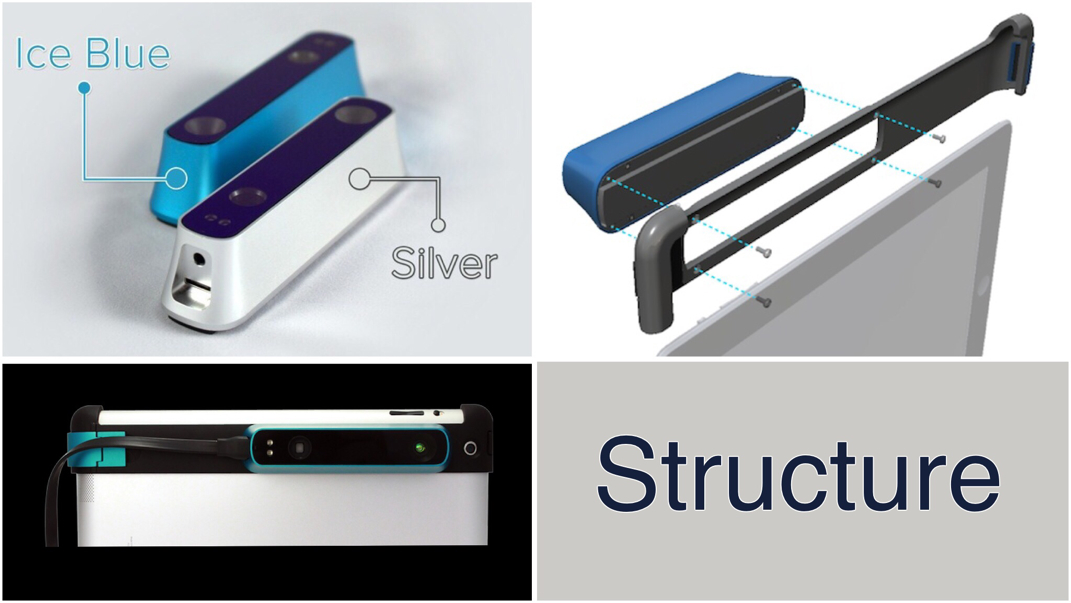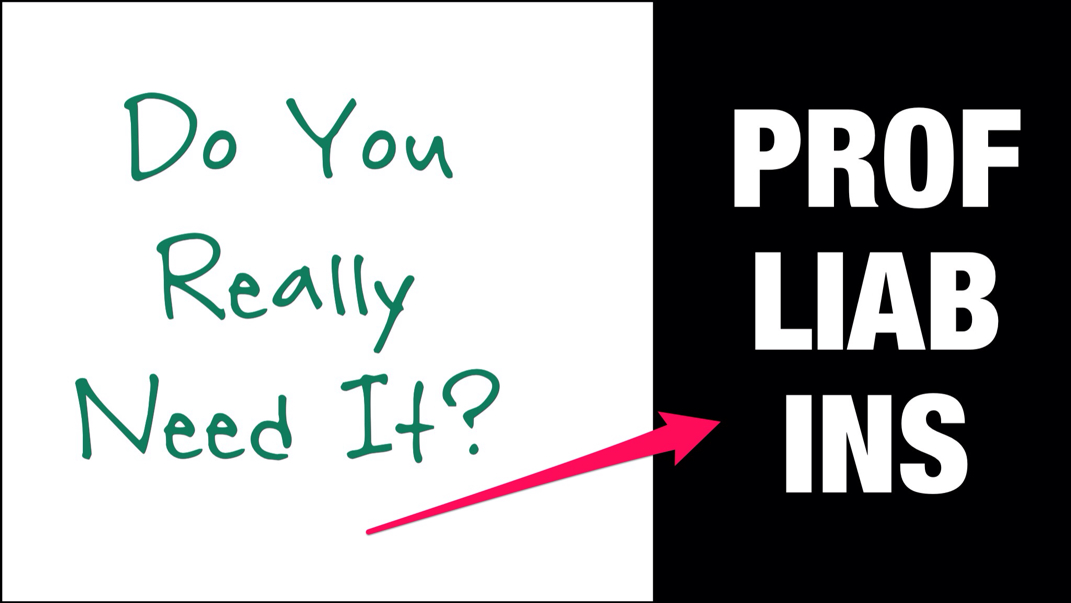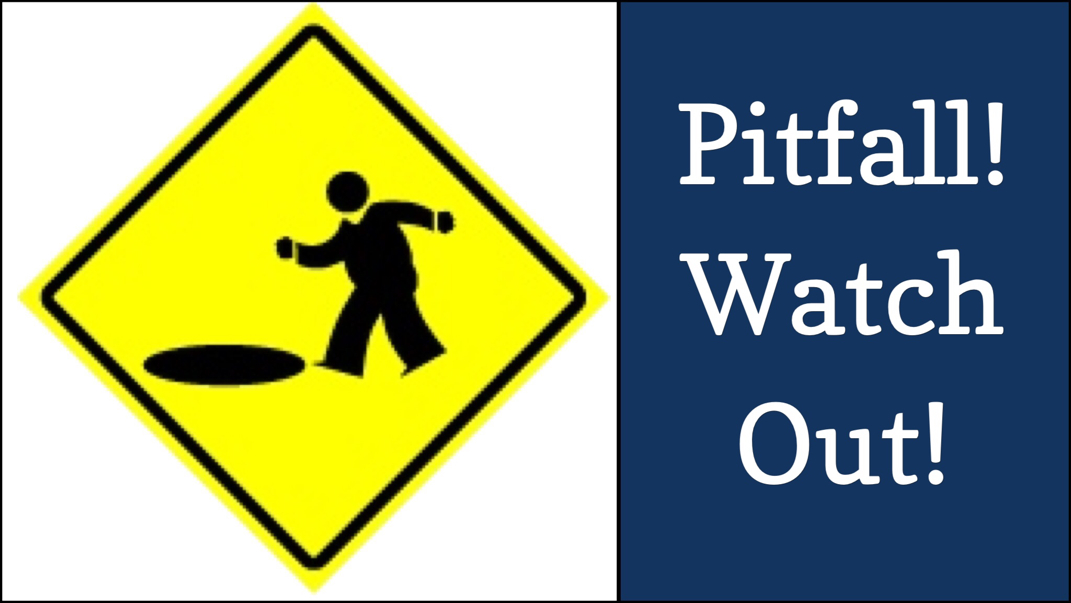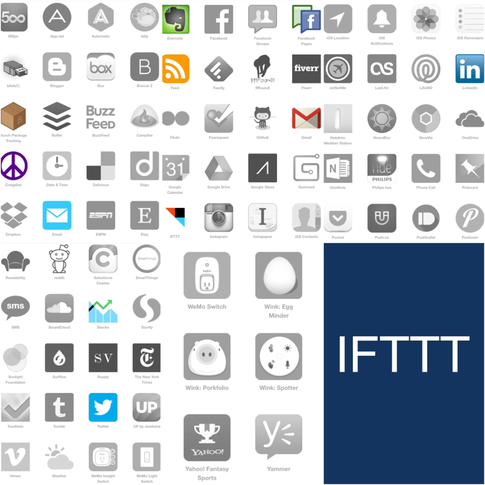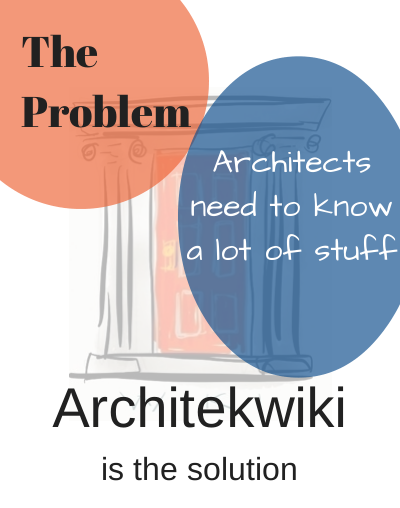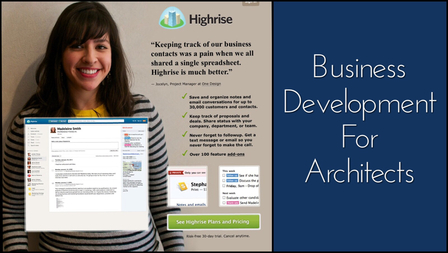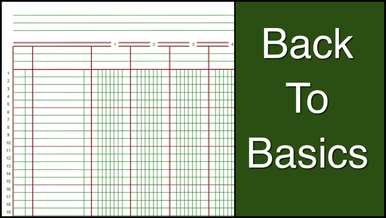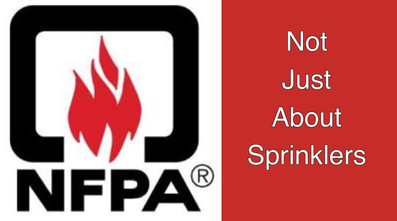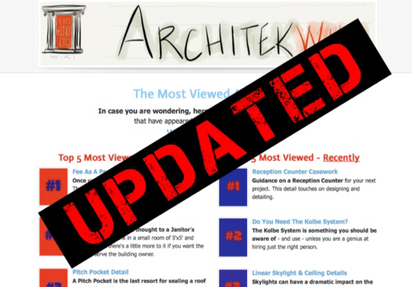|
This post is a bit different than anything you have found here before. I’ve been on the road (and needed a quick post for today). Thanks to Vita Corimbi, a member of Killian’s Angels and Mullaney, I’ve learned the lyrics to a traveler’s song that helps you enjoy the thrill of flying.
Here's a link to the band's website. And a link to the video of the song being performed. Workin’ for the TSA Livin’ in a single wide in Georgia My part time job was checkin’ groceries for ya Just dealin’ with the crap that landed in my lap Depressed, frustrated and tired of gettin’ fat! I couldn’t seem to rise above my station I couldn’t much afford an education Then I watched those towers fall Answered my country’s call But the recruiter said, “Ma’am, you’re too old for combat!” Well I would not be deterred Those terrorists got me perturbed And I knew I had to give back to my flag I went down and I applied On the convictions part I “may have” lied And now I get to pilfer thru your bags Oh I got a job, workin’ for the TSA With a benefits package and a 401 K Got no teeth and no integrity Just blame Homeland Security Cuz I got a job workin’ for the TSA Put wallets, change and keys In the plastic bucket please Take off the belt around your waist I don’t care if your pants fall Believe me I’ve seen it all Make sure your Prince Albert’s not in my face Oh I got a job, workin’ for the TSA With a benefits package and a 401 K Quit my job at the Piggly Wiggly Now I get to grope your jiggly’s Cuz I got a job workin’ for the TSA Lose your shoes, your belt, your hat And don’t you be lookin’ at me like that You’ll miss your flight if I get attitude Step in here for your X-ray Feet on diagram, hands this way HA! Now I know just what you look like nude! Oh I got a job, workin’ for the TSA With a benefits package and a 401 K My future’s lookin brighter HEY- GIVE ME THAT LIGHTER! Cuz I got a job workin’ for the TSA Yes I AM airport security Everyone’s gotta listen to me I can give the enhanced pat down if I please I’ll put on some Marvin Gay And pour some chardonnay And give YOUR benefits package an extra squeeze! (ooh, what you got in there!) Oh I got a job, workin’ for the TSA With a benefits package and a 401 K Grandma’s can’t escape my charms Their fake hips set off alarms! Cuz I got a job workin’ for the TSA Now thanks to that shoe bomber and his shoe You can’t even take your water through So dump your cokes, your Mountain Dews Pay twice as much at Hudson News! But that’s just what you’re gonna have to do! Oh I got a job, workin’ for the TSA With a benefits package and a 401 K Well you’re a member of my church When you get a cavity search Cuz I got a job workin’ for the TSA You know how you keep hearing about change? And how everything is going to keep changing even faster?
Well, here is the first wave - the Structure Sensor. It is a device that captures the shape of the real world around you. Every architect, designer, sculptor, and contractor on the planet will “need” one of these. I know I do. And at under $400 for the device that mounts on your iPad, you will be seeing these devices everywhere. Maybe you already have. This Kickstarter Project reached its goal in November and should have shipped a lot of them by now. Here are three links to check it out. This is the home page for the device’s website. This link is to the Kickstarter page. This link is to a short review of the Structure Sensor. Professional Liability Insurance [Prof Liab Ins] is what I am referring to. I carried Professional Liability Insurance for 30 years, and didn't have a single claim. It really seemed like Prof Liab Ins was a waste of money. Then there was a project with leaky walls. There was a report by a fellow architect saying that our design was at fault because the walls leak and that is against the building code. The attorneys could understand that. They couldn't understand my rebuttal that waterproofing additive in excess of what was specified was preventing the masonry from bonding properly. Perhaps they did understand but the law isn't scientific; it is more like poker. You may not win with the best hand if you can be bluffed well enough. And the insurance companies are there to minimize the cost - not to determine whether you are innocent. We had a mediation to see if a settlement could be worked out. We couldn't because the owner had decided that they wanted brick veneer added to the concrete block building. An elastomeric coating would have cost $25,000. The brick veneer cost $300,000. For the next year each side maneuvered with motions on their way to a civil trial. After depositions and more motions, a second mediation to avoid the expense of the trial brought about a $160,000 settlement. My insurance company paid $95,000 and the General Contractor's insurance company paid the balance. My team's legal fees amounted to $120,000 to get to this point. The owner's legal expenses were probably twice that amount, since their attorneys are renowned for running up costs. And they had the justification that they were pursuing two defendants. My cost, the amount of my deductible, was $15,000 of those legal fees. The math is pretty telling. These were the amounts paid or received by each party:
The total expenditure by all parties was $735,000. Of which, attorneys received at least $435,000. And the problem could have been fixed for $25,000. This doesn't make any sense unless you remember that this is poker, not logic. Without Professional Liability Insurance I might have paid around $200,000. This would have been disastrous. I probably have paid $200,000 for Prof Liab Ins premiums over 30 years, but that was easier to handle than the big hit. So here is my opinion. Get Prof Liab Ins with the lowest coverage that will work for your situation. Many clients dictate the amount of coverage. $250,000 is probably the smallest amount you will find offered. $1,000,000 is the most you are likely to need unless you do very large projects. Once you have a policy you can usually increase the limits with very little hassle. The cost of the policy depends on the size and quantity of projects that you design per year, whether your consultants carry insurance, and number of employees among numerous other minor factors. I used to keep my deductible as high as the insurance company would allow (not sure why they would limit this) to keep the premiums low. However, the experience I related above has changed my mind. I would get the lowest deductible offered. I would also see if a 'rider' is available that pays the cost of defense and your deductible is only applied to any settlement. The term I have seen is 'First Dollar Defense'. To summarize: get Prof Liab Ins; get the smallest limits that work for you; minimize the deductible; add First Dollar Defense. Cross your fingers and hope you never need it. I have never had a perfect method for setting aside the money we owe consultants. When times are good and cash flow is good - no problem. Other times, you can find yourself in an unexpected hole with no simple way to get out. About five years after I started my firm, our work completely dried up. We were down to just two of us and a major debt we owed our consultants. Ultimately, I talked to each one and told them of my problem (theirs too). I asked for time and promised to make some small payment every month with the full intention to pay off everything that I owed. During this time, in order to follow thru, my take-home pay was about $10,000 a year. You want to steer clear of this pitfall. How? IFTTT stands for 'IF This Then That. It is an app that specializes exploiting the features of other apps to make routine tasks automatic. Sounds like a robot!
IFTTT works by taking any two apps that you use and connecting them to perform a task by use of a recipe that talks to your apps for you. I use Gmail and Evernote. So, for instance, I use a recipe that turns an email into a note in Evernote if I label it 'Evernote'. There must be tens of thousands of recipes. Most of them have been created by users and contributed for public use. You can create your own, too. I have created a few to send blog posts like this one to Facebook, LinkedIn, Twitter, and Evernote. It is pretty easy because IFTTT understands what each app is capable of and offers those options. There's always more that you want to do, but let's think evolutionarily(?). Anyway I think the menu is set for now with the blog acting as the HOME page; and what was the home page has become a streamlined ABOUT page. The Prezi Intro had to go. It was a stop-gap that hung around for a year longer than expected. Prezi is a really slick tool, but I find that it takes a lot more planning than you would think to develop a worthwhile graphic. Also, it isn't very mobile-friendly. BTW this graphic is the replacement for the Prezi. PS. I will be on the road for the next week or so, and I will be attempting to blog entirely with my tablet. I apologize in advance for any deterioration in our usual high standards. I didn't work enough at developing a blog to see any results when I had my firm. This points up the fact that it is a long range project. The sooner you start the sooner you get results. My first blogs were on Blogger and later Tumblr. I was attracted to the 'free' part of the equation. Both are good blogging platforms. Blogger, a Google offering, lends itself a bit more to text and has more features. Tumblr shows off photos better, which I think the many users of Tumblr would agree with. WordPress, which I have not used, seems to be very popular these days, so it's worth investigating. They all work a lot like developing a website - pick a theme that will control fonts, colors, and organization of the page, then start adding content. It is pretty easy. Of course, a service like Weebly* includes a blog, which makes the integration tighter. However you can always link to your third-party blog in your menu system if blogging isn't part of your website's capabilities. I have confessed to being “distracted” when it comes to Business Development. My favorite tool for overcoming the distracted-ness is a contact management tool developed by 37signals called Highrise.* The thing I like about Highrise is that with the minimum of effort you can track the development of a relationship with a prospect. I blind copy or forward my emails into the prospect’s page, set tasks for making the next contact or the needed follow-up, and add notes from meetings and phone calls. I end up with a chronology of all my interactions. With just a few minutes a day, which works much better for me than once a week, I am able to keep all my efforts moving forward. The four main features I use in Highrise are Contacts, Tasks, Cases and Deals. Contacts: individuals or organizations that you want to manage a relationship with Tasks: TO-DOs related to contacts or other efforts, say, your website. You can get notified by email or SMS when due. Cases: this is a way to pull together multiple contacts to make it easier to manage the effort to win a potential project where several people are influencers. Perhaps members of a board or building committee... Deals: once a project is formed, you can use a Deal to track RFPs, interviews, value of the fee, wins and loses. Check this all out at their website. Fetching Coffee For Architects VS Accounting For Architects I was part of a two-man firm early in my career. Our office was across the street from a convenience store, which was where we obtained our caffeine (long story). I hated going over there. My senior partner didn't mind. He started the firm, and when I came on board, bookkeeping got more complicated - his checkbook no longer sufficed. He hated the idea of the more complicated bookkeeping. We made a pact: he would get coffee and I would figure out the bookkeeping. I found a book published by the AIA, Standardized Accounting For Architects. My copy was still around up until recently. I couldn't find it when I was researching this article. I did find that you can get a used copy of it from Amazon for $240. I will have to look harder for my copy. Standardized Accounting For Architects was and is the bible. Every accounting software system I have ever seen works basically the same way as the paper journals worked back in the day. Except easier and faster. But you can see what I mean because the AIA has a PDF available of later version that covers all the same territory, plus a discussion of computerization. Follow this link to get your own copy of Standardized Accounting For Architects. Over the past 18 months I have published a number of articles on software tools that a designer might find useful. Most of the apps are tangential to actual design. Some articles are focused on the software, others on the procedures or the concepts. Collected below are links to six of those articles, which give a sampling of the past software-related articles. Handy Photo Apps These five apps make your phone into a graphics studio. Sticky Notes Are A Great Tool I'm a real fan of sticky notes - both physical and digital. These apps bring sticky notes to your mobile device. The only calculator you will ever need. We all need a calculator, but this one is special. The TRELLO App This is a must-have app. Very powerful. Vittle This app turns your iPad into a video recorder for presentations. Think YouTube. Inkflow vs Notability There is lots to like about these two sketching and hand-writing apps. If you are interested in more articles like these, this link will take you to many more. My first experience with NFPA was the Life Safety Code, NFPA 101. Back in the day, the National Building Code was the building code. The Life Safety Code was used as a supplement. I thought that was it. Then we were hired to design a hangar...
It turns out that hangars have the military’s fingerprints all over the governing code, NFPA 409. When we were designing that hangar, the plan examiner insisted on a deluge fire suppression system. The then current version of NFPA 409 said we were under the limits for that very expensive (and unnecessary?) requirement - $500,000 in 1983 dollars. Testing and accidental deluges cost $25,000 each for clean-up and re-charging the system. Ouch! So we appealed the ruling, and WON! Happy client. Angry code official... There are always improvements and changes I want to make to Architekwiki. Now that it is spring (finally), some cleaning is in order. First is the quarterly update to the ’Best Of’ page. This was pretty easy this time around. The ’Top 5 Most Viewed - All-Time’ list just reshuffled a bit, no additions or deletions. One of the ’Top 5 Most Viewed - Recently’ was eliminated. It was ’Roof Access Ladder’, which had been in second place. Its link is here if you want to view it. The new addition is ’Typical Drywall Partition Details’ at number 4. See it and the reshuffled rankings here. Other changes that I’ve made over the past few days:
I am working on some additional Spring Cleaning for the coming weeks. So look forward to a continued graphic upgrade, and an updated home (About) page. |
x
Archives
February 2024
Categories
All
|
Architekwiki | Architect's Resource | Greater Cincinnati
© 2012-2022 Architekwiki
© 2012-2022 Architekwiki

